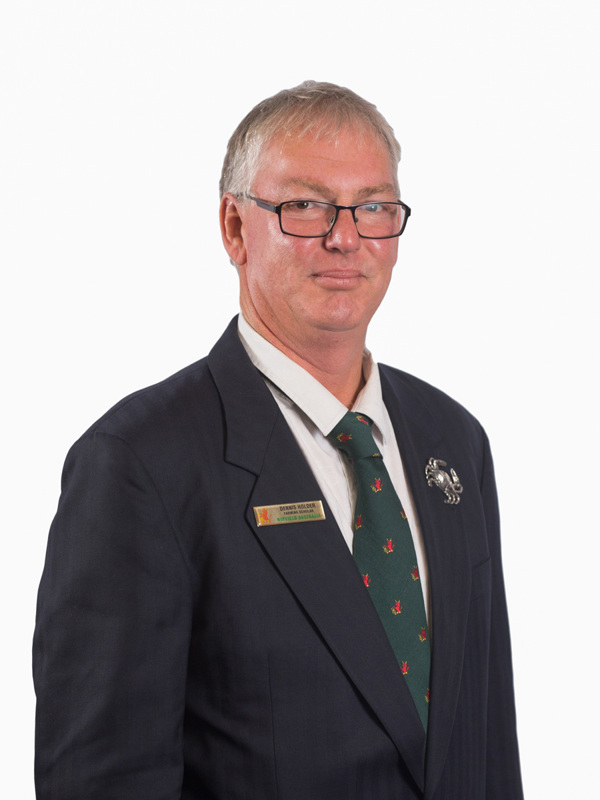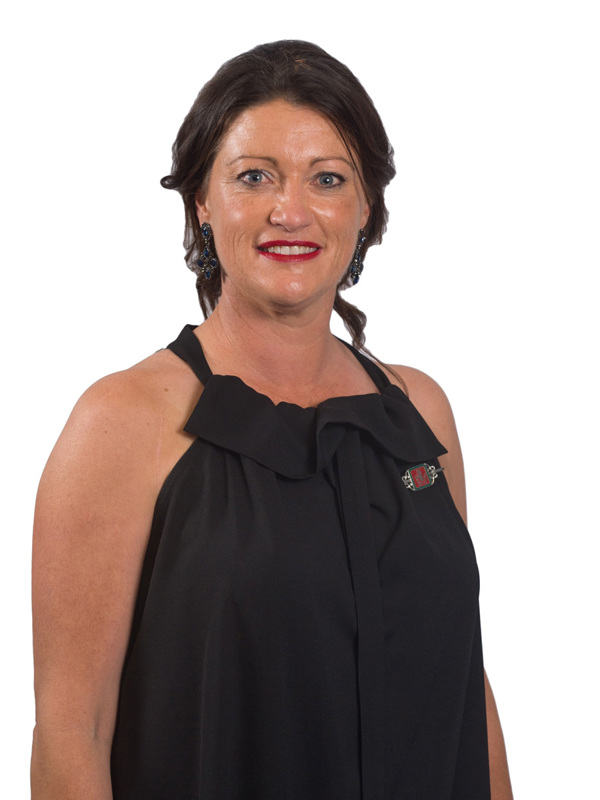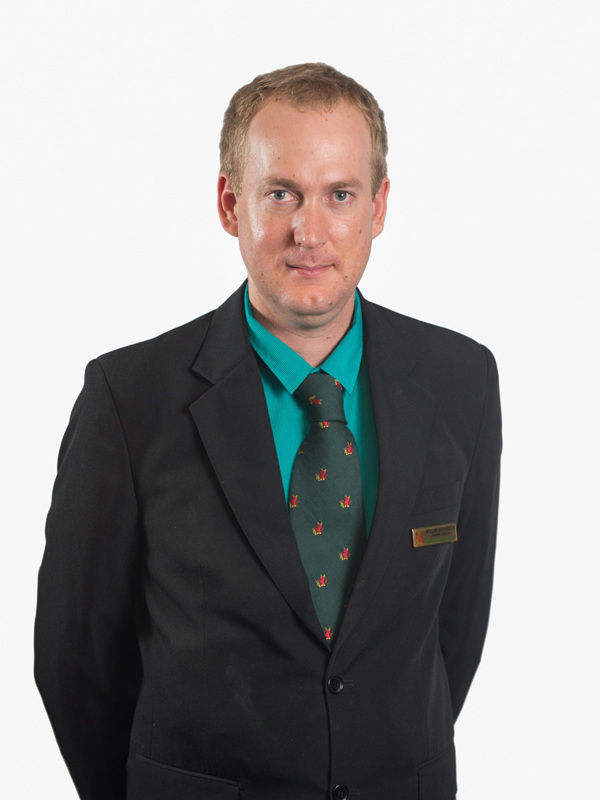
Daniel Richards

Nuffield Australia 2016 Scholar
Barra is the new black: how Barramundi can become the white-fish equivalent of salmon
With global consumption of aquaculture overtaking wild-caught seafood for the first time in 2015, and domestic farmed Barramundi production tipped to increase by sixty percent over the next two years, Australia’s Barramundi industry has reached a watershed moment. That’s according to NT farmer Daniel Richards, whose family business, Humpty Doo Barramundi, is Australia’s largest farmed Barramundi producer. With support from Woolworths, Mr Richards used his Nuffield Scholarship to test the legitimacy of industry claims that Barramundi could become the ‘next Atlantic Salmon’, and chart a path for these claims to become a reality.
“Aquaculture is the fastest growing protein industry in the world. Our own business is an example of this. In 1993, we were delivering six kilograms of fish to the backdoors of restaurants in Darwin, and today we produce over 2000 tonnes a year and send it all over the world. The industry is on the move, and I wanted to use my Nuffield scholarship to unearth opportunities and work out how we can capitalise on them as an industry,” Mr Richards said.
Keen to establish what it would take for the industry to seize this market opportunity and position Australian Barramundi as a premium aquaculture species, Mr Richards travelled across twenty countries looking at different aquaculture operations. At a scholarship conference in Cavan, Ireland, Mr Richards discovered a framework that helps to break down an approach to industry growth. The framework looks at three key elements of a farming industry, being the potential created by genetics, the way to manage that potential and the risks that disease can pose to potential.
“Genetically, Barramundi is a hardy and adaptable animal to farm across a variety of farming systems. They are tasty to eat, have good growth rates, and while there is potential for them to experience some skin and flesh discolouration, research and development has been limited and I’m confident that vast improvements can be made in this area. Beyond genetics, I wanted to understand what the most successful aquaculture nations were doing and my time in Norway, a major salmon producing nation, was very informative. Norway are completely dominant in aquaculture. We’re doing well, but to put it in perspective, our Barramundi production today is as high as Norwegian Salmon production was in 1979.
“Norway has a number of natural advantages that are key to the industry’s success, like ample clean water, a protected coastline and a sparse population. However, they have also been heavily focused on research and development, regulatory improvements and product marketing. In particular, the salmon industry have been adept at developing a range of consumer ready products that are easily identifiable in the market,” he said.
Mr Richards’ report shows that in Australia, market differentiation of Barramundi based on its attributes, country of origin labelling and point of difference is lacking.
“We don’t do a great job of labelling our fish. 90 per cent of Australians think they are eating Australian Barramundi when they consume the fish in Australia, despite the majority of barramundi consumed domestically being imported. This confusion, combined with the fact that many retailers will display cheaper imported Barramundi alongside the Australian product presents consumers with a price motivation that isn’t countered by any other compelling marketing. The demand and market potential is there, but the management of this potential needs improvement,” he said.
The report also touches on the significant risks posed to the Australian aquaculture industry by imported Barramundi products.
“Travelling in South East Asia, I encountered Barramundi farms that are threatened by serious diseases that can lead to mass fish mortality. The threat is so prevalent that these farms have to vaccinate regularly during production. At present, there are few serious viral diseases endemic to Australia, but if these diseases were to make their way here the impact could be significant. Prevention is always better than cure, and enhancement of our biosecurity regulations around imported Barramundi is a simple first step that we need to take. There is significant opportunity to grow the Australian Barramundi industry and capitalise on the natural advantages we already have. If we can get these things right, we are extremely well positioned to become the white-fish equivalent to salmon, and the industry has the potential to become a significant contributor of fresh food, employment and revenue,” he said.





















